
Many scholars assert that the Vedas lack a historical record of humanity. This claim is in large part due to fundamental differences in how the ancient writers of the Vedas conceived of time. Both modern science and Abrahamic faiths—Judaism, Christianity, and Islam—understand history in a linear way. The Vedas, however, explain that events in time are “cyclical.” They state that our present time in history is a repetition of similar events that have happened in previous ages in the universe, known as yugas. The descriptions of the Vedas thus comprise a combination of linear and cyclical conceptions of history.
Check out our book: The Big Bang and the Sages, a scientific account of how the ancient Puranas of India accurately describe universal phenomena that has taken Western science two thousand years to understand.
A major branch of the Vedas called the Purāṇas delineates this unique science of time and record of history. In fact, the Purāṇas document a rich account of significant events that happened millions, even billions, of years ago on the Earth, in the Solar System, and throughout the Universe.
In fact, the Purāṇic accounts are so precise that with every passing year modern scientists are coming closer to Purāṇic descriptions. For example, the Vedic age of the Universe is 13.81 billion years, which is 0.1% different from NASA’s latest estimate at 13.79 billion years. The Vedic age of the Sun is 4.563 billion years which is 0.1% different from astrophysicists’ latest estimate at 4.567 billion years.
Thus our present time in history is a repetition of similar events that have happened in previous ages in the universe, known as yugas. Newton’s discovery of the conservation of energy shows us that, in reality, nothing truly ever begins or ends: matter is simply rearranged.
Our best-selling book The Big Bang &  The Sages covers the stunning correlations between Vedic history and modern science. Most of our work is based on the history described in the Bhāgavata Purāṇa. We highly recommend that you get a physical copy and relish breathtaking descriptions of the world of the past. We are indebted to A.C. Bhaktivedānta Svāmī for his English translation.
The Sages covers the stunning correlations between Vedic history and modern science. Most of our work is based on the history described in the Bhāgavata Purāṇa. We highly recommend that you get a physical copy and relish breathtaking descriptions of the world of the past. We are indebted to A.C. Bhaktivedānta Svāmī for his English translation.
The Hindu religion is the only one of the world’s great faiths dedicated to the idea that the Cosmos itself undergoes an immense, indeed an infinite, number of deaths and rebirths. It is the only religion in which the time scales correspond to those of modern scientific cosmology. Its cycles run from our ordinary day and night to a day and night of Brahma, 8.64 billion years long. Longer than the age of the Earth or the Sun and about half the time since the Big Bang. — The late cosmologist Carl Sagan
The 4 Yugas
The Purāṇas use yugas as the most basic unit for stamping historical events with a date. They are the cosmic ages used for measuring universal time. There are four yugas, and each one follows the other, just as spring follows winter, summer follows spring, and so on, in an endless succession. The names of the four yugas are Satya, Tretā, Dvāpara, and Kali. When the lengths of each are combined and doubled, it amounts to a total of 8,640,000 solar years. Many people state the total as 4.32 million years. We double the years stated in the Purāṇas for a number of reasons. These 4 yugas when put together are often called a divya-yuga. A total of 71 divya-yugas, or 71 cycles of the 4 yugas, is called a manvantara. A total of 14 manvantaras form a kalpa. A kalpa is 8.64 billion solar years. You are welcome to read our detailed articles on each of these Vedic chronology terms.
The Big Bang in the Vedas
Since Hubble’s discovery of an expanding Universe, cosmologists have been busy in an attempt to find its origin. They struck gold in 1965 with the accidental discovery of Cosmic Microwave Background Radiation (CMBR). Described as the “fossil of the Big Bang,” CMBR contains preserved impressions of the primordial universe. Just as a gun produces a supersonic shockwave when fired, resulting in the perhaps familiar “ringing in the ear” sensation, the Big Bang, as the name suggests, was not much different and also left an echo of sorts. This “echo” is an electromagnetic radiation and is very subtle;it can only be measured accurately by telescopic satellites such as NASA’s WMAP (2001-2009), ESA’s PLANCK (2009-2013), etc. This radiation gave cosmologists data needed to precisely nail down a date for the birth of our Universe. As of February 2023, the latest analysis of the PLANCK’s data puts the Big Bang at 13.79 billion years ago.
What really caused the Bang, what happened in the few seconds after, and what existed prior to it are some of the interesting questions under the scrutiny of various philosophers. The Purāṇas provide their own answers. The Purāṇas explain that at the helm of every Solar System, or brahmāṇḍa, is a person called Brahmā.There are unlimited brahmāṇḍas and Brahmās, and they all manifest and unmanifest in a never-ending cycle. They come into being when Viṣṇu breathes them out from his pores. According to the times given in the Purāṇas, this last occurred when the Brahmā of our Solar System hit the midpoint of his lifespan exactly 13.81 billion years ago. The comparison between this date and the date given by modern science for the Big Bang are conspicuously similar. Now one may have several questions regarding who is Brahmā? How old is he now? How can he exist without the Earth? Who is Viṣṇu? We recommend reading our book or other articles on this site to gain further understanding.
Check out our book: The Big Bang and the Sages, a scientific account of how the ancient Puranas of India accurately describe universal phenomena that has taken Western science two thousand years to understand.
The Birth of the Sun and the Vedas
We can live on the Earth primarily due to the Sun’s heat and light. If the Sun was any smaller or darker, life would be nearly impossible. Since our existence is so tightly connected with the Sun, it becomes vital to know when the Sun was created, how it generates enormous amounts of energy and when it will die. Since the Sun is the first planet in the Solar System, in summary, the oldest rocks in its orbit must have originated with its birth. Using this argument, scientists have been able to establish a date for the birth of the Sun at 4.563 billion years.
The Purāṇic version states that Brahmā, whom we discussed earlier, at the end of his night, officiates the creation of the Sun. At the end of his day, he also provides for the Sun’s termination. According to the times given in the Purāṇas, Brahmā’s day and night together span 8.64 billion solar years on the Earth. We are roughly halfway through his day. Precisely speaking, Brahma’s day began 4.567 billion years ago. Once again, the correlation between the date given for the beginning of Brahma’s day when he creates the Sun and the date given by modern science for the birth of the Sun is uncanny.
Earth’s Greatest Mass Extinction and the Vedas
The greatest mass extinction on the Earth was not the dinosaur’s extinction 66 million years ago but the end-Permian mass extinction, 251.9 million years ago, in which more than 90% of the marine species went extinct. There were several environmental factors that caused this dance of death. Intrigued by the enormity of it, paleontologists have been studying it since the 1980s.
In the Purāṇic texts, there are descriptions of periodic extinctions every ~600 million years. These correspond to another Purāṇic time unit–manvantaras. Each manvantara is equivalent to 71 divya-yugas, or cycles of the 4 yugas. The last transition of the manvantara was 251 million years ago. Of all the manvantara transitions since the beginning of this day of Brahma, the recent one is stated in the Purāṇas as the most severe one.
Concordance
Any rational and open-minded person can appreciate the stunning similarities between the Vedic description of history and the scientific discovery of significant historical events. We invite you to read more about them on our website. And for those who love details, we recommend both our book and the Bhāgavata Purāṇa. The Bhāgavata Purāṇa not only contains fascinating accounts of universal history, but is also well known for its unique way of guiding readers to higher consciousness through spiritual narrations.
Events
The Vedic texts follow a lunar calendar. The sun and moon both follow the same course through the zodiac—the 12 major divisions of the night sky—but while the sun takes approximately 365 days to pass through all 12 signs, the moon moves through them in just over 27 days. This is one lunar month, and twelve lunar months makes one lunar year.
Below you will find some of the most important events that take place every year in the Vedic calendar.
| Balarama Purnima | Janmashatmi | Radhastami | Vamana Dvadashi |
| Kartik Month | Navaratri | Dussehra | Diwali |
| Ratha Yatra | Guru Purnima |
Important Personalities
As the Absolute Truth and origin of everything, God contains everything that exists. This includes personality, desire, form, and all the other aspects of personhood. That’s what it means to be the Supreme Person, or in Sanskrit, the parama-puruṣa.
The Vedas contain elaborate descriptions of God in His original and eternal form, Krishna, as well as descriptions of His associates, avatars, and activities.
Further Reading
Explore more about the 4 yugas and important personalities in history below.
The Yugas
- When Does Kali Yuga End?
- How Long is Kali Yuga?
- Major Events of Kali Yuga
- Symptoms of Kali Yuga
- Kali Yuga Avatars
- Major Events of Dvapara Yuga
- Symptoms of Dvapara Yuga
- Dvapara Yuga Avatars
- Major Events of Treta Yuga
- Symptoms of Treta Yuga
- Treta Yuga Avatars
- Major Events of Satya Yuga
- Symptoms of Satya Yuga
- Satya Yuga Avatars

 Kali Yuga
Kali Yuga Dvapara Yuga
Dvapara Yuga Treta Yuga
Treta Yuga Satya Yuga
Satya Yuga Origin of the Universe
Origin of the Universe The Age of the Sun
The Age of the Sun Permian Mass Extinction
Permian Mass Extinction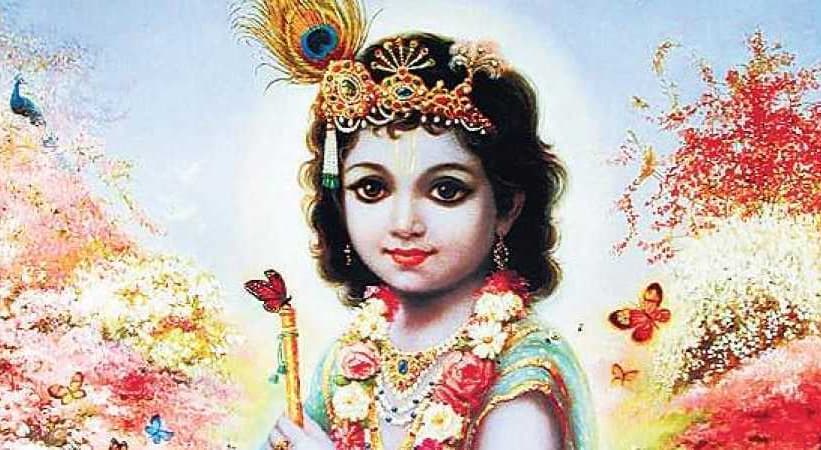 Krishna
Krishna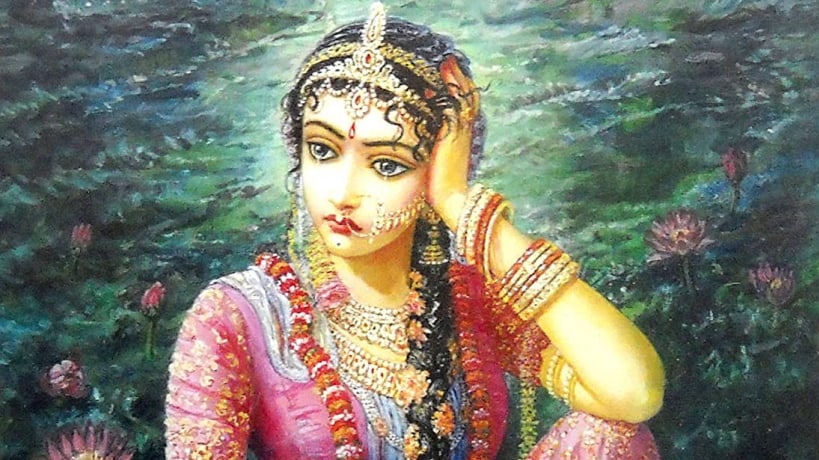 Radha
Radha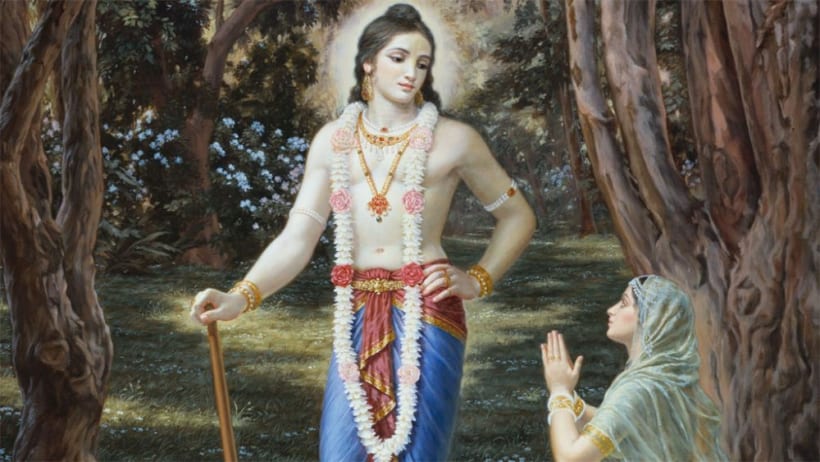 Balarama
Balarama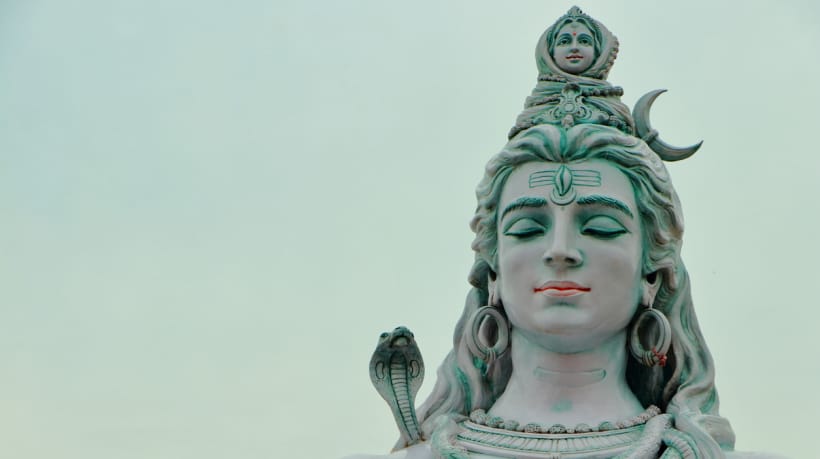 Shiva
Shiva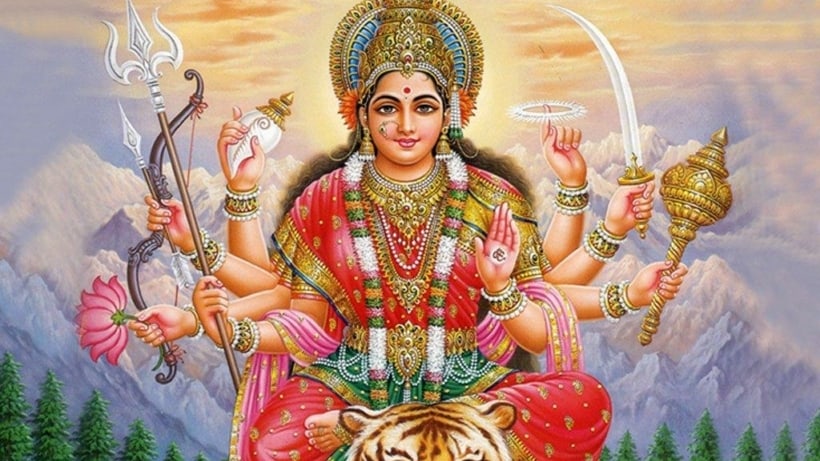 Durga
Durga Vyasadeva
Vyasadeva